But those who don’t know him also had an incredible chance to get their hands on his work – this 2021 Black History Month kit from Pactimo, which Anthony designed. As an ambassador for Pactimo, he was contacted by the company after the team noticed his work on Facebook, and asked Anthony to work on the design.
The result, and the project, became so much bigger than just the task of designing a cool cycling kit.
“My goal was to capture the voice of the Black cyclist, which is a huge undertaking and really gave me quite a bit of pause because I had to accept the fact that this was a design for more than just me. I had to make sure it spoke to and appealed to so much greater a community than even the primary community that I ride with, while still making sure pieces of me were living in the kit,” Anthony said.
“I can’t find the words to really bottle up this is how I feel about this whole experience. But it’s been powerful. It continues to pour in and pour in and continues to feed me and confirm that I did something amazing.”
While Anthony couldn’t give too many details on his next big project, you can be sure that you’ll see more of his art pop up around the cycling community and his stomping grounds of Baltimore, MD.
Read on to learn more about Anthony’s story, his art, and what drives him to become the fittest version of himself through the sport and community of cycling.

***
Tell me a little bit about yourself, and how fitness and sports came into your life.
I played basketball all through high school in Venezuela from freshman to my senior year. From basketball, that’s how I got into weightlifting, which carried me through college.
Once I got into college, I didn’t play ball, but I was still into lightweight weight training. From there, I jumped into much heavier weight training. That ended up segwaying into an opportunity for me to personal train, so studying and getting certified to become a personal trainer for Gold’s Gym. I did that for a little while, balancing my training while also trying to create my own group training/individualized training and nutrition consultations on the side. That lasted for quite some time.
I got into cycling in 2018. Cycling came about – I guess it started when my wife and I first met. A lot of our dates always ended up somehow with us renting bikes and riding around. That ended up becoming our thing. Then we at a certain point decided to just go and purchase bikes.
The day we went to look around and see what some of the local bike shops had to offer, maybe a couple days later, we found out we were pregnant with my daughter, so all of that was put on hold.
And then fast forward again, the summer of 2018, I spent some time riding around with some guys at work who were heavy into bike packing and just riding any and everywhere they go. By the end of 2018, I ended up purchasing my first road bike.
Since then I haven’t stopped riding at all, but my attachment to it came when I realized that the image of healthy that I had was nothing compared to what it is now. Coming from the weightlifting arena, I figured strength equated to health. But then I found myself being out-of-this-world humbled when I got on a road bike with the idea that I was strong and fit and healthy, and then again, just realized that area of my life still had so much to discover in my journey to be fit and healthy. So I've stuck with cycling.
Tell me about that evolution with cycling. I know that you’re also an ambassador for Pactimo, so you’ve made a lot happen in a very short amount of time.
My drive behind cycling has become so much fuller. When I first started, it was about proving to myself that I can be as fit as possible. It was very selfish at that point because I didn’t know what else the world of cycling had in store for me.
But then once I got out there and I realized how many folks were out there and looked like me, that was another attachment that I had to cycling. I had no idea there were that many Black people let alone Black men on bikes at the time. When I realized that, it fed me in a different way. I felt like I had more of a responsibility to stay on the bike and to stay visible and to be in spaces with other people that look like me.
And just from making sure that I stay as visible as possible, and to make sure that I show the love that I have for cycling, the relationships that have come seemingly out of nowhere have been amazing. Just from the brand ambassadorships – Pactimo being one, especially because of the most recent opportunity they gave me to design the 2021 version of the Black History Month kit, to being able to engage in this conversation has been totally unexpected considering the fact that I just got on a bike because I was humbled, and I was stubborn in the sense that I told myself I wasn’t going to stop until I could prove to myself that I was fitter than some of the other guys who used to drop me.
It’s selfish in the sense that, yes, I still am doing it to maintain a level of fitness and to accomplish certain goals, but I also now have a community that has wrapped around me, and several different pockets of other communities that I'm a part of that I feel like there’s no way I can stop cycling.
It’s been a great journey. I'm excited for things that continue to present themselves in ways that I would’ve never guessed. If anything, it’s just continuing to confirm that as long as I'm doing what I'm supposed to be doing and putting out the right things out in the world, the proper things will come back to bless me.
How did the partnership with Pactimo get started?
When I learned that brand ambassadors were a thing, I already knew of Pactimo, and I found out there was an opportunity to apply to be a brand ambassador. Back then I thought it was the coolest thing. I didn’t get picked [the first year]. Then the following year, I applied again and I was granted the opportunity to be a brand ambassador. Again, I just kept doing what I was doing: Posting my art, posting my cycling photos, sharing my journey.
Then in December 2020, I got a Facebook message from Pactimo saying [one of the employees] had seen my art, that Pactimo is looking for a creative to accept the challenge and opportunity to create a cycling kit in commemoration of Black History Month.
I had this wide range of emotions. I was awestruck – I responded immediately like – yes! I had no idea what it would entail, but I was like, “Yes, let’s go. Let’s do it.” A couple of weeks later, I finished the design, and they rendered the 3D version of it. And at that moment I designed my first cycling kit for a brand like Pactimo.

Can you tell us more about the kit? What was your artistic inspiration behind it, and how did that transfer through to your art and design choices?
My goal was to capture the voice of the Black cyclist, which is a huge undertaking and really gave me quite a bit of pause because I had to accept the fact that this was a design for more than just me. I had to make sure it spoke to and appealed to so much greater a community than even the primary community that I ride with, while still making sure pieces of me were living in the kit.
My initial thought was to reflect my experience attending an HBCU [Historically Black College/University]. I went to Morgan State in Baltimore, and coming from being in South America for four years of high school into an HBCU was another very important transition in my life. So I pulled a lot of inspiration from letterman jackets or the traditional design elements that you see on the panhellenic council, like the Black fraternity and sorority designs.
I tried to incorporate some of the designs you see from very traditional Black History Month marketing – the design elements look kind of tribal in a sense, but once you incorporate the colors, the black, the yellow, the red and the green, it takes on a different level of appreciation and attachment to the Black community. So I wanted to make sure the kit was primarily black with the incorporation of those colors.
I struggled with the battle between rendering everything by hand or marrying the hand composition with the digital rendering. Initially I wanted to go with what I was comfortable with and just paint everything and render everything with a very loose brush technique. I wasn’t sure how that would transfer, so I did have to explore some discomfort and render the design elements digitally.
I ended up creating a one-line drawing, which is what you end up seeing on the back. There are five cyclists riding toward the viewer. The messaging in that image itself was so very important to me because it captured what I didn't know existed when I first got into cycling: That level of camaraderie, that level of responsibility that you have for the person riding with you, around you, in front of you, behind you, next to you, and then just that feeling of oneness you have when you are riding with a group. There’s just a powerful feeling of oneness you have when I'm riding with people that look like me, but yet still it doesn’t matter what color you are as a cyclist, you recognize that oneness, that unison, that synchronization when riding in a group.
It’s a line drawing, so when I touched the paper, I didn’t lift my hand until the drawing was complete. Just the technique that was required for that also alludes to that level of unity that you have. In a way, it is art in motion, when you see a group riding or when you see a paceline go by. Everybody is moving individually, but the unit in and of itself is moving in such a fluid, poetic, artistic way, and that is what I was thinking as I was creating the one-line drawing.
The other elements that you’ll see – there’s a 1926 on opposing sleeves, and that alludes to the date of the inception of the idea of what we now know to be Black History Month. Back then, it was Black History Week, but that date is special to anyone who celebrates Black History Month.
And then on one of the breast panels are three words: pride, power, and legacy. Pride, power and legacy are three themes that surmised a lot of the conversation that surfaced when I reached out [to others in the community]. Pride just from being Black, but then the pride that we have to be Black cyclists kind of takes it to a different level.
Power – Black power, yes, in its simplest way of speaking about it, but if you think about the image that I drew on the back, there’s power in groups, there’s power in moving as one, there’s power in doing and seeing so many of the things we’re seeing in the cycling community, specifically the Black cycling community.
And then legacy. I’m a firm believer that in everything you do, you should be considering your legacy. What you're leaving behind. How you carry yourself. How I carry myself as a Black man is part of my legacy, is part of the legacy that those who have raised me have instilled in me. What we do now in our cycling community as Black men, as Black women, as people of color, as just cyclists in general, is continuing to feed the legacy that is to come.
Everything that I've been able to experience is null and void if it doesn’t create some type of legacy or some type of blueprint for someone who is watching me to follow when they get to that point. That really captures a lot of what I've known, what has become my evolution as a cyclist.

What was it like putting that on – or seeing other people put that on – for the first time?
It was wild. I was the first one to put it on. When I went back and looked at the pictures, I don’t think it hit me until then that I had actually created something because – I was wearing it, but looking at the picture, my brain recognized it was someone wearing something that I'd created.
I guess that was my first genuinely proud moment where I could actually sit back and say I’m no longer in the midst of the creative process. That was crazy, but to see the reaction and level of support that came from people who I knew nothing of was out of this world.
I did my best to make sure I reached out to people I didn’t know. Then the feedback that I got from them was immediately just so powerful. People thanking me for creating something like this. People telling me how they feel wearing it. People talking about the reaction of others when they see them with the kit.
I can’t find the words to really bottle up how I feel about this whole experience. But it’s been powerful. It continues to pour in and pour in and continues to feed me and confirm that I did something amazing.
I want to back up a little bit and talk about your artwork. How did you get started in the creative arts, and how has your creative process evolved over the years?
From as far back as I can remember, I've always had a sketchbook. I didn’t get serious about painting until I was in high school. Instead of AP classes, out there we were an IB (International Baccalaureate) school. In order to graduate, I had to take a certain number of IB classes, and one of them had to be a higher level class. I was taking art as a general elective. I was up against a deadline to select a higher level course. The art teacher was like, “I’m putting you in.” I fought it as much as I could, but she forced me into it and I thank her to this day. That was very transformational for me in my art career.
Even still I didn't really start painting seriously until I was locked into the higher level IB class because in order to graduate, I had to take part in an exhibition. I had to produce eight paintings. It really settled my love for painting.
I didn’t do much painting through college. I didn’t start taking it as seriously as I take it now until my wife got pregnant, and I had a dream – and at some point in that dream, my daughter and I were speaking. She was much older, and she asked, “Daddy if you’re as great an artist as I hear people talking about, why haven’t I seen you painting?” It shook me, and from that moment on, I knew I had a responsibility to make sure that I was breathing life into this gift that I had as an artist.

The next day, I got up, started painting. I painted [a piece] and got it printed on a hoodie. I started wearing the hoodie, and posted a couple of pictures of it, [then] ended up getting requests for other sweatshirts, which again opened me up to realize, “Oh wait, maybe I'm onto something here.” And it was those initial sweatshirt purchases that transformed my thinking and my confidence to a level that got me to actually creating my website and really pushing my work.
I eventually ended up consistently selling pieces. I’ve had several requests for murals that I’ve done. I've become very attached to portraiture. Most of my commissions have been requests for portraits, family portraits, or just lifestyle images of the human in daily practice.

Any time I have a personal choice, it is typically a figure playing an instrument or a musician because those are things that kept me connected to America when I was in South America. My detachment from home was – I was my own therapist in a way because the subject of my paintings were always things that made me feel connected to home, which in most part was music. Most of my pieces reflect a Black musician or another iconic Black figure.
Do you find that designing the kit has helped you to grow and expand as an artist?
I have some graphic design background from doing photography and photo editing. I never really dabbled into graphic design, but that’s been part of something that I look at and read and notice everywhere I go. So to jump into the kit project was very different. There was quite a bit of discomfort because I knew I couldn't just take a canvas, paint something, and then send it over for them to overlay it on the template.
I tried. I spent several days just mulling over why I should or shouldn’t do that. I ended up sending an email and asked, “So … if I just painted something, can I just send you the painting?” In several different ways, they explained why it wouldn’t work. So I knew I had to sit down and jump into Illustrator and Photoshop and start moving.
So I had to move super slow because I wasn’t as fluent as I would’ve liked to be in that software. So there was quite a bit of frustration there. I’m always a learner, even when I’m painting, but I really had to take the seat of the learner in this case. There was way too much that I had to sit back and absorb before I could even start moving and gaining some momentum in the design process.
How did Athletic Brewing come into your life?
A buddy that I work with, a very close friend who is an ambassador – Lee – him and I, and one of our other friends used to love going to breweries. We would ride to some of the closer breweries in Baltimore and enjoy the brewery experience. Lee, one day, said he’s not drinking anymore.
He started talking about Athletic, and ended up becoming an ambassador. Then Mike [Shipp] and I started growing closer, and I realized he was attached to Athletic. The first Athletic that I drank came from Mike. I was at his house and we were getting ready to do our ride from D.C. to Philly. I stayed the night at his house, and of course all he had was Athletic all through the house. That’s when I fell in love with the Cerveza. I cleaned his Cerveza collection out. Then I had the opportunity to apply to be an ambassador with Athletic, and then the rest is history.

How has the ambassador program helped you in your professional, personal or athletic endeavors?
My favorite part is the ambassador engagement. There are other companies where all you have going for you is like a discount and the ability to say that you’re an ambassador, but to be able to interact with not only the ambassador cohort but those who work for Athletic, I think makes a big difference. It makes us feel like we are not only ambassadors but part of the company, part of the mission, part of the work of the company without exactly being a legitimate employee. It creates this level of connection and pride that you have for the company that you’re representing. It makes you feel like you’re actually repping the company.
It’s transformed my way of talking to others about my training. It’s provided opportunities to carry [beer] in my car and make it available to others after group rides, which speaks to not only helping and building community, but helping to shift thoughts, practices, habits, notions that people have about what being fit is or what they thought it was when they got into cycling the way I did.
What are some of your proudest achievements (athletic or not)?
The Pactimo experience is definitely part of the list. Participating in the tri relay I was definitely proud of because I wanted to say no from the beginning, but what that did was it gave me a taste of the triathlon scene and that translated into me picking up running after being scared to run for so long due to IT band issues. So being able to actually put on a pair of shoes and go from barely being able to run to pushing out 4 mile a couple weeks ago and to now be able to add that as part of my training toolbox, I've been proud of. Outside of that, just in general, my proudest moment continues to be being a husband and a father of two.
What is a bucket list event or race that you’d love to compete in?
Now that all this IRONMAN stuff is on the horizon ... I want to be able to say that I’m a triathlete versus being able to say I’ve done a couple of triathlons. I want to be able to say just as confidently as I can say I’m a cyclist, I want to be able to say, at one point that I’m a triathlete. But that’s way down the line. At the moment, there aren’t any specific dates or events that I have locked in. I’m just going to continue to train as though I do have events lined up so that when the time comes, I’ll be ready without hesitation.
What’s your favorite recovery food?
Pizza. Pizza if I have it, but I’m quick to throw together a peanut butter and honey sandwich on toast. And a protein shake.
What do you like to do on rest days?
On rest days I have become addicted to stretching. Which I’m also proud of, going back to what I'm proud of. I'm very proud of yielding to the importance and the need of recovery. Because back when I was weightlifting, I didn't stretch at all. So my rest days are pretty much a little bit of stretching. I try to still do some type of activity even if I just go to the gym just to stay moving. Other than that, stretching, painting, and doing whatever the family tells me I need to do.
What gets you up and out of bed every day?
Family. Work. Being able to train. I’m getting to a point where I don't feel right if I can't see where in the day I'm going to train. And just the excitement knowing that there’s another way out there that I might be influencing somebody, whether it’s through my art or my work in the school system, or through being an athlete.
What does living without compromise mean to you?
Living without compromise means being relentless in your goal setting, while still being a student of whatever you’re engrossed in. So if I’m a cyclist, I’m always trying to learn in a way that I can not only influence myself but influence somebody else. We spoke about this whole legacy idea. What I learn about as a cyclist is not only for me, it’s for the next new cyclist who happens to send me a message on Instagram or who happens to see me on the next group ride. There’s no compromise in that. We have to be very deliberate and relentless in just how we walk in our daily lives.
If you’re interested in joining the ambassador program, keep an eye on our social media to be notified when applications open!
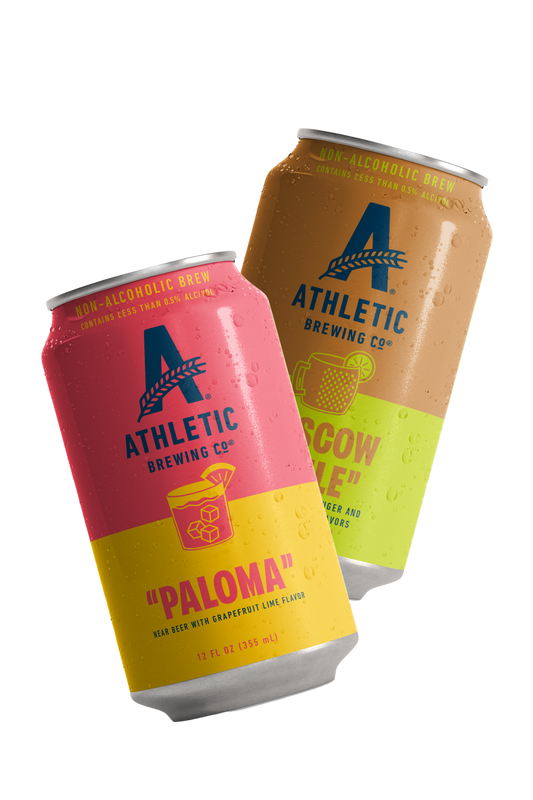
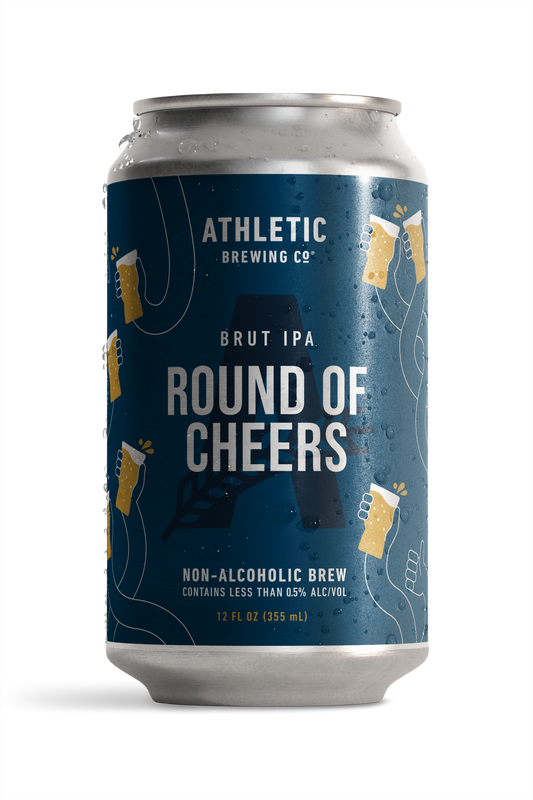




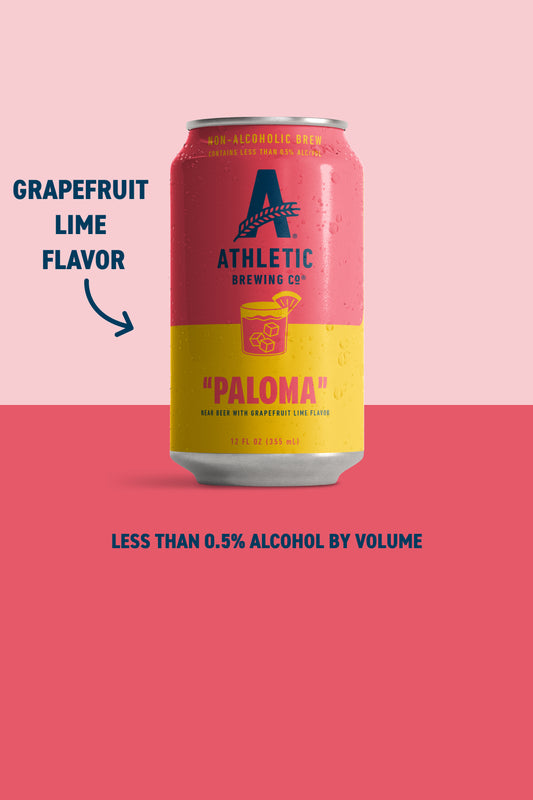


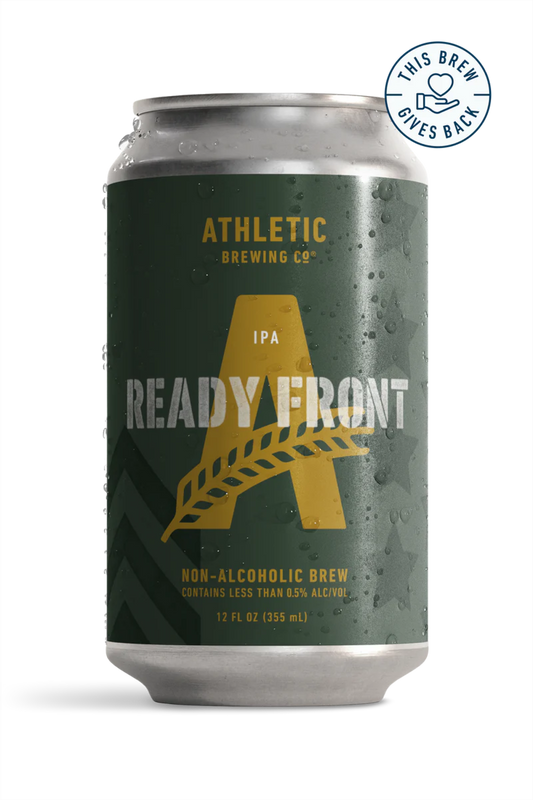
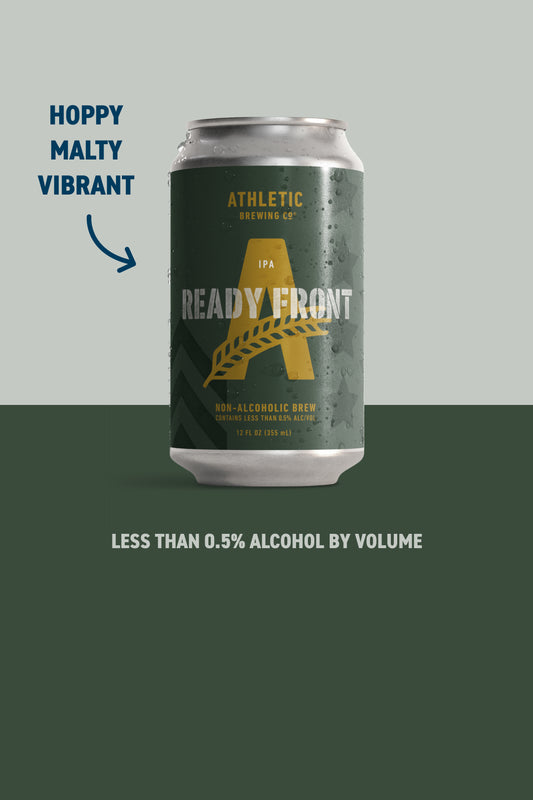
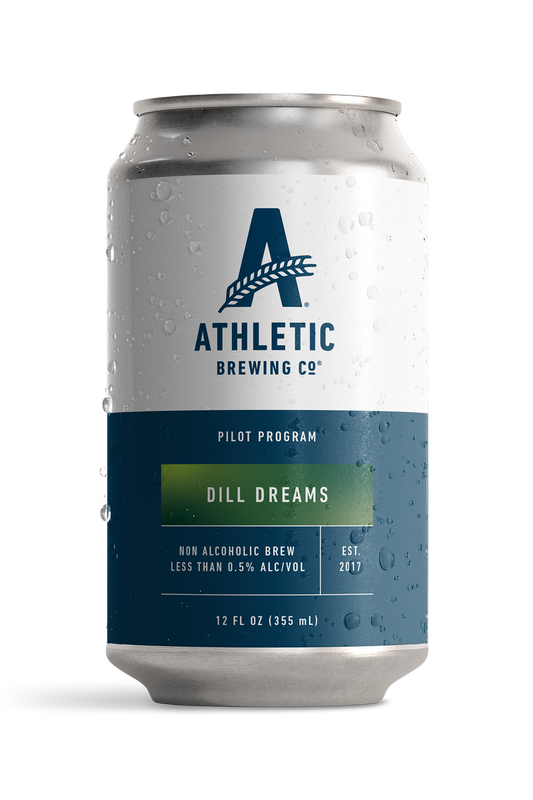

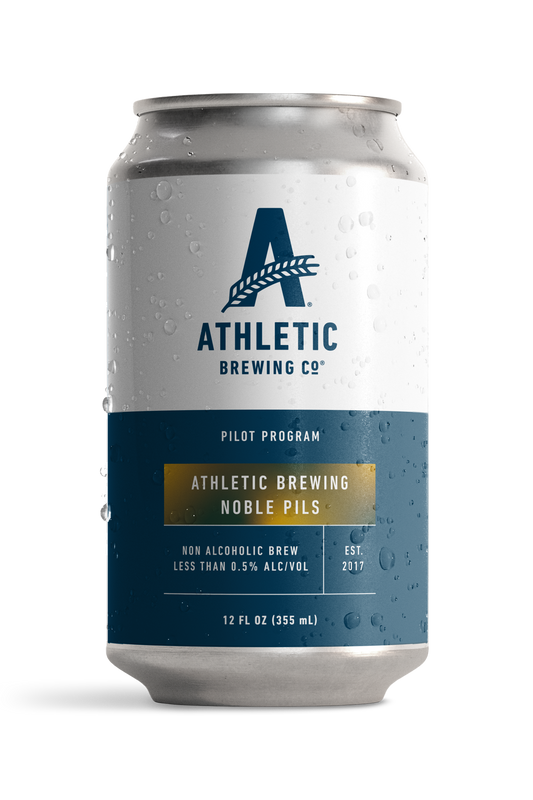
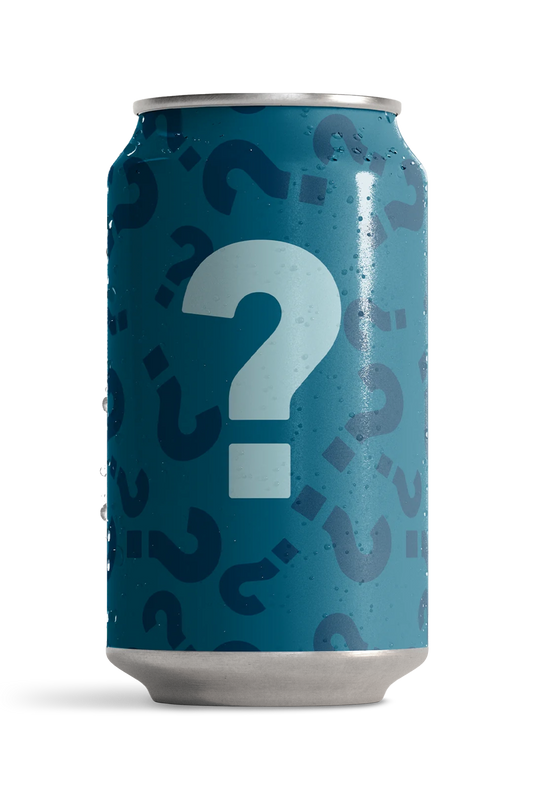
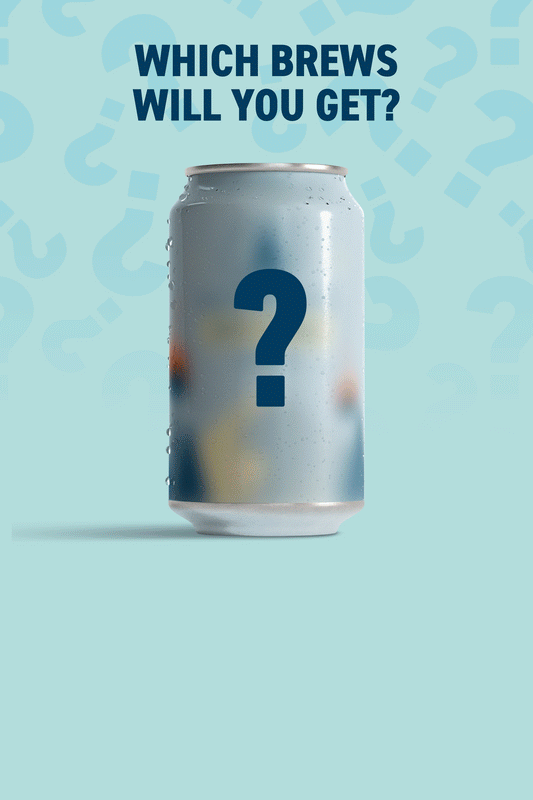









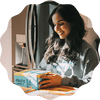


 Your Privacy Choices
Your Privacy Choices











